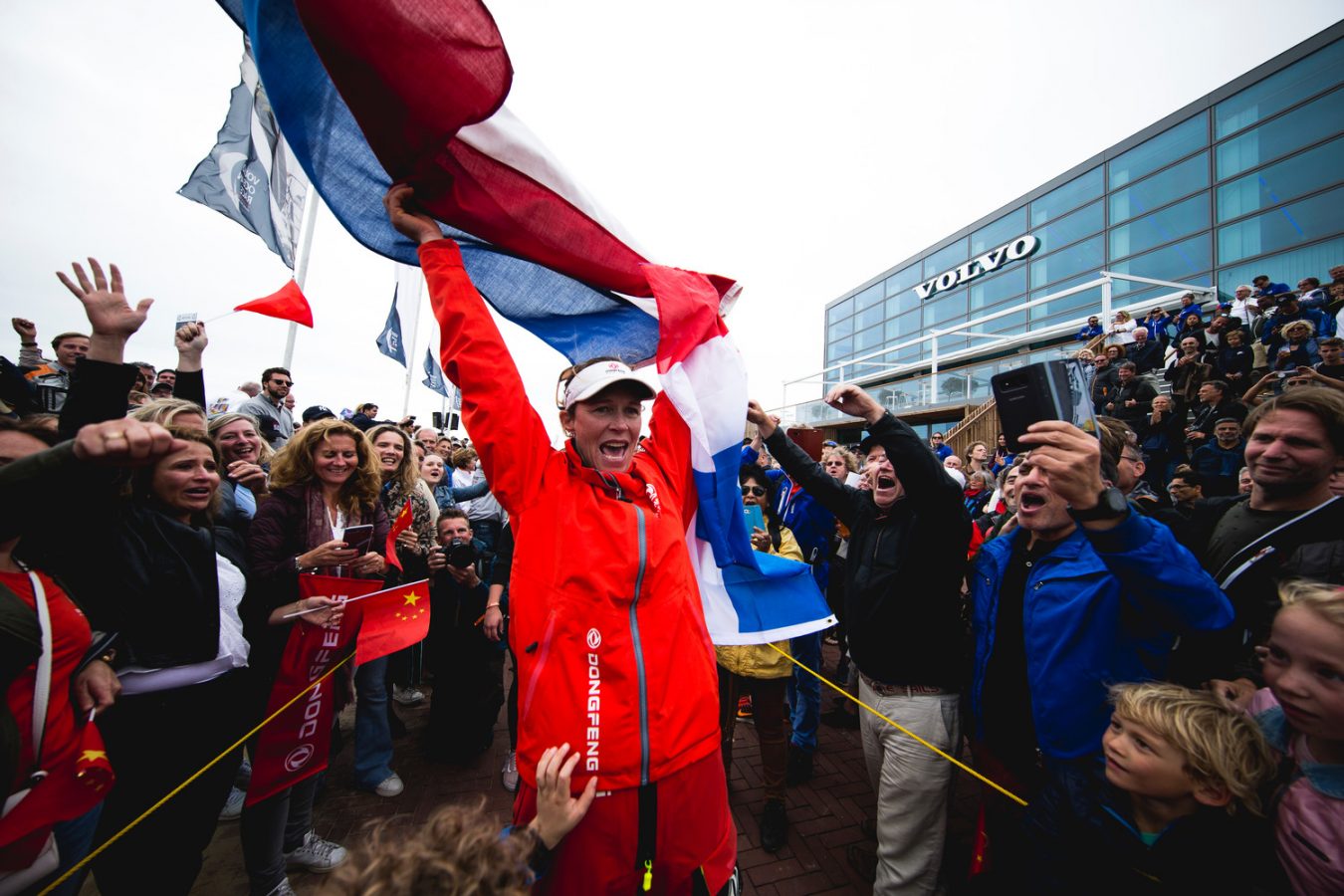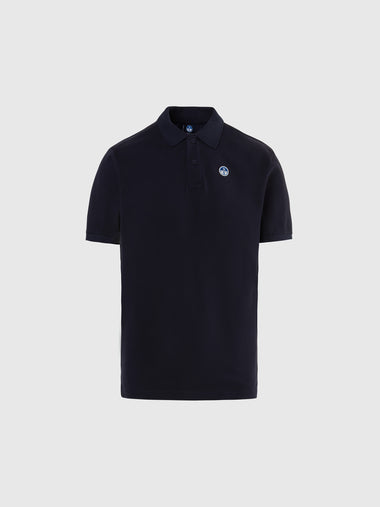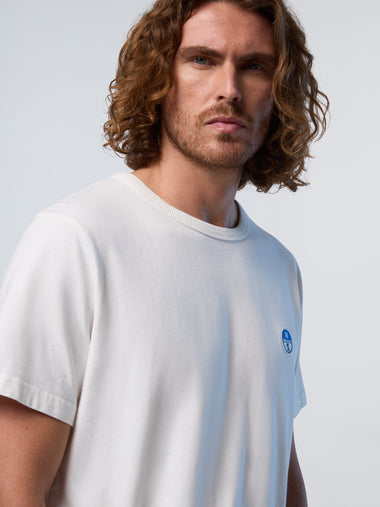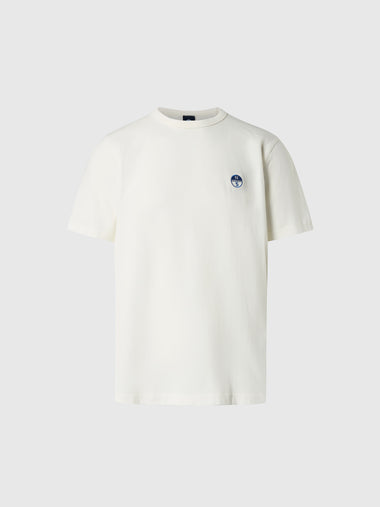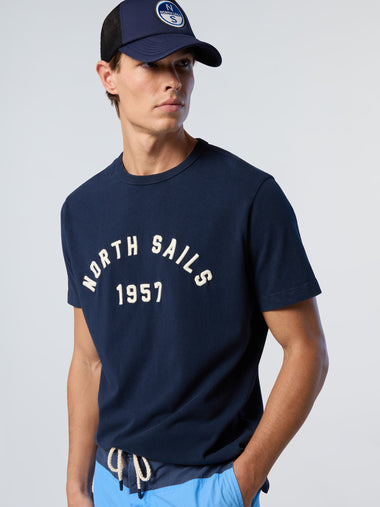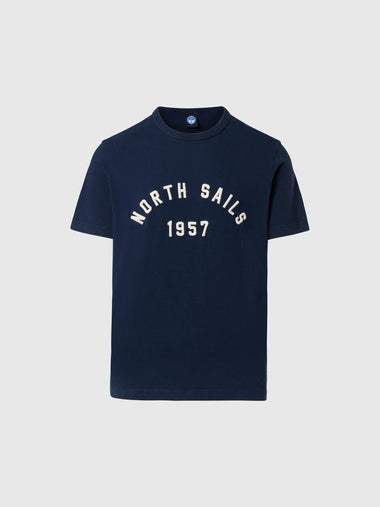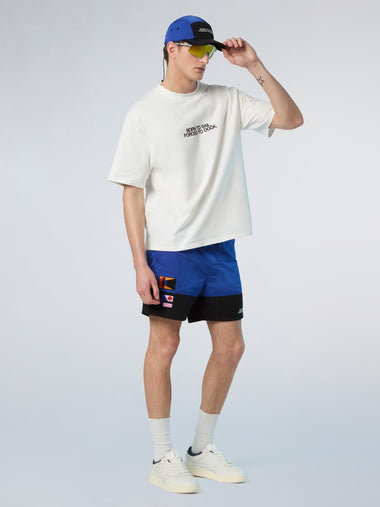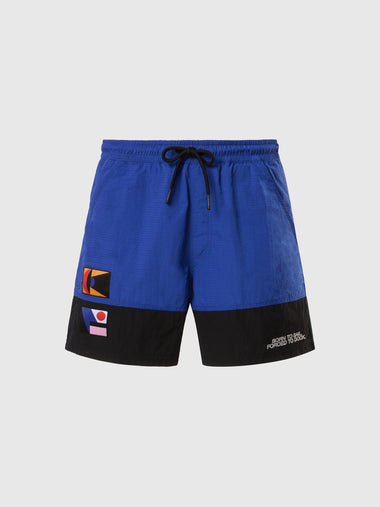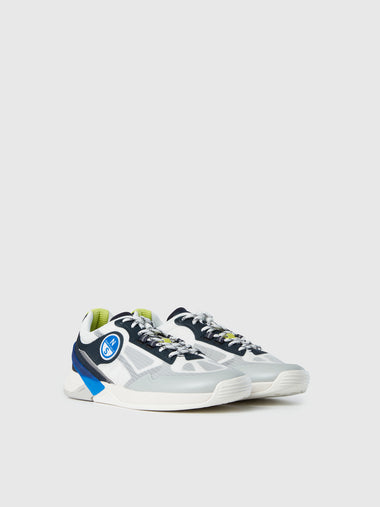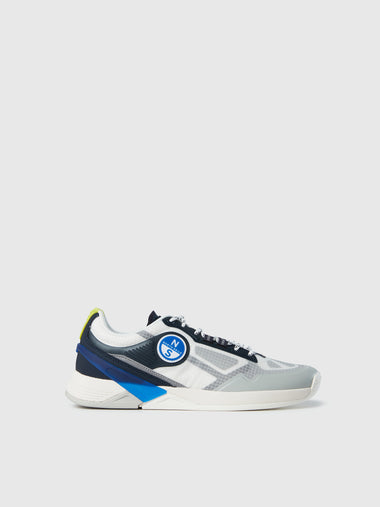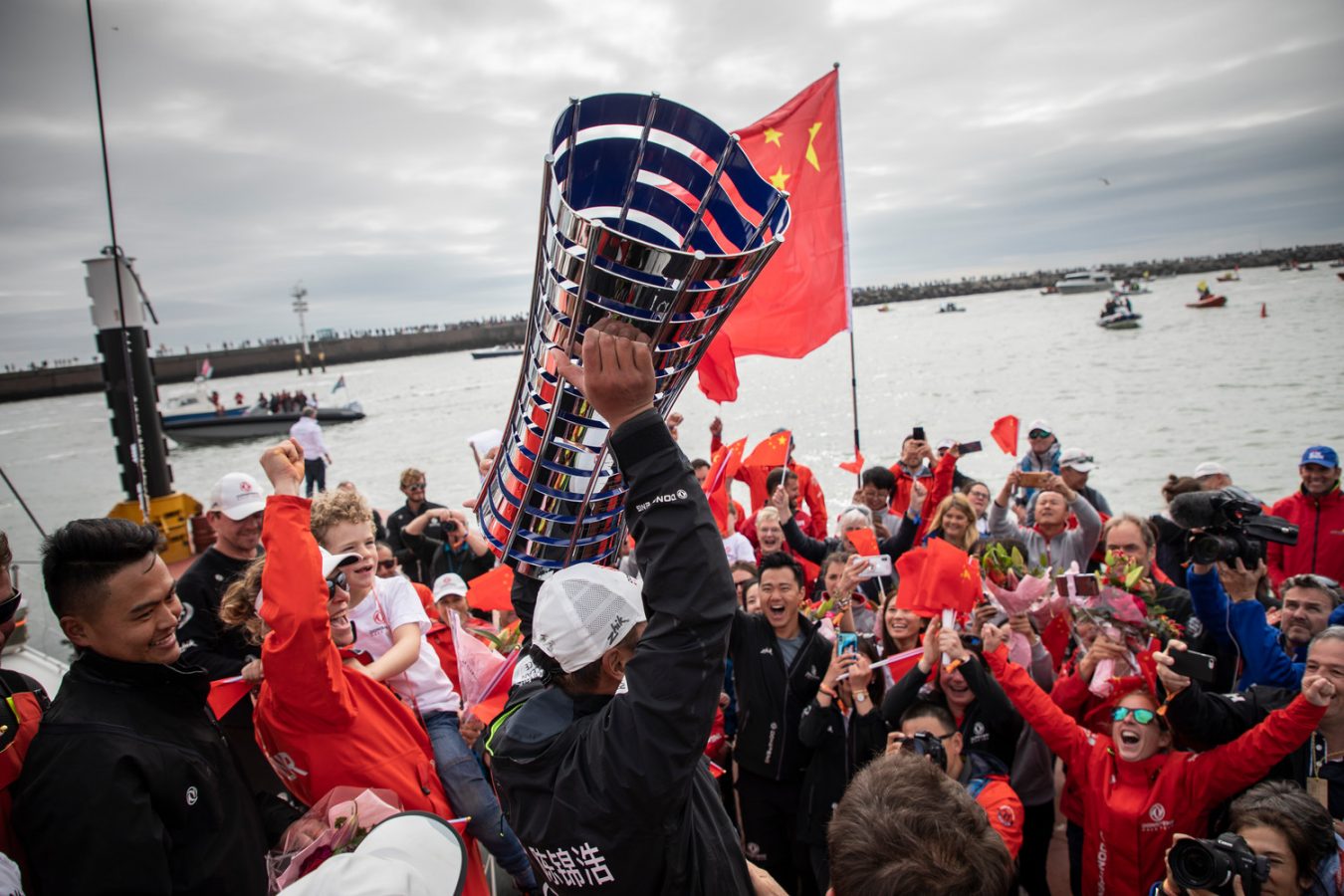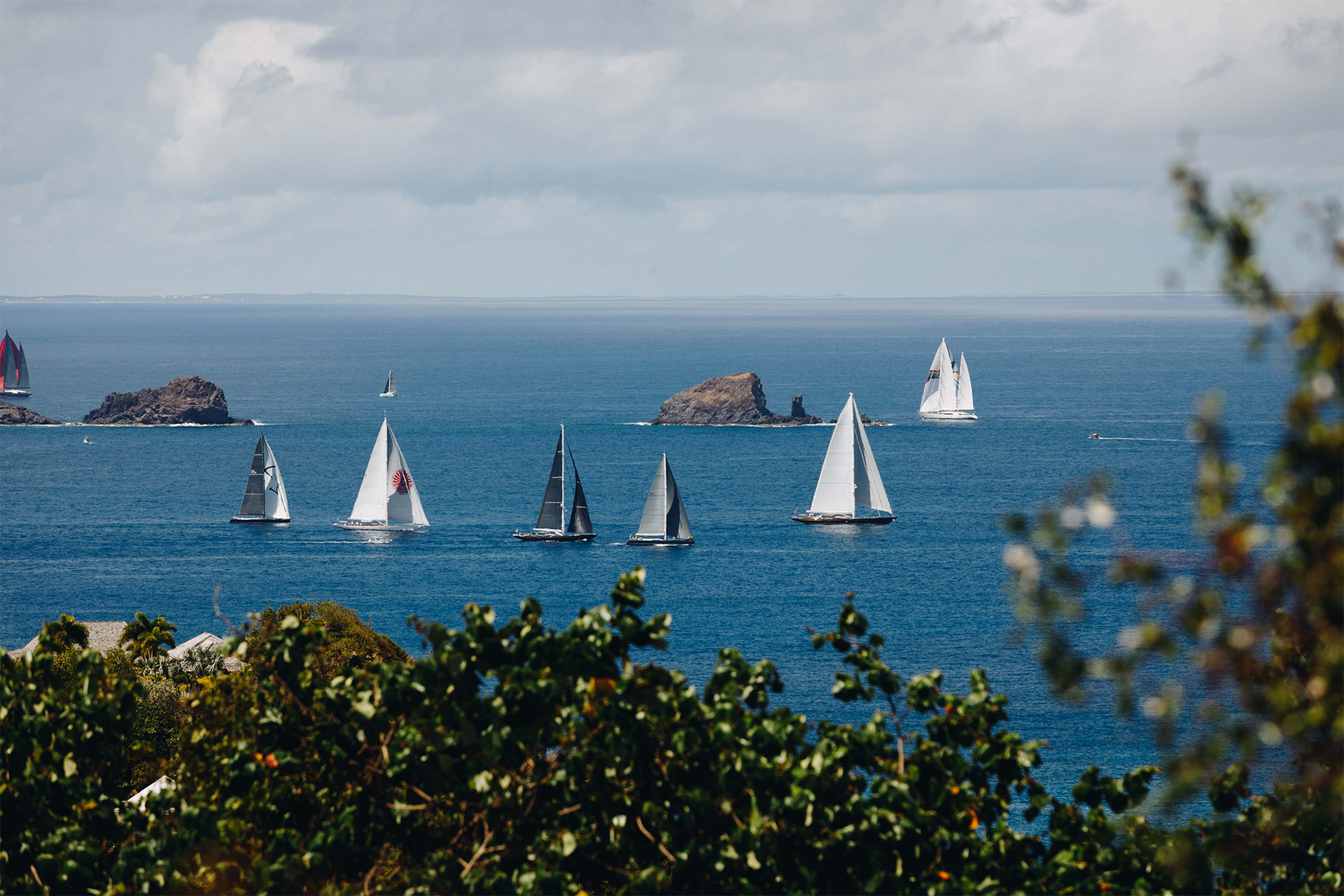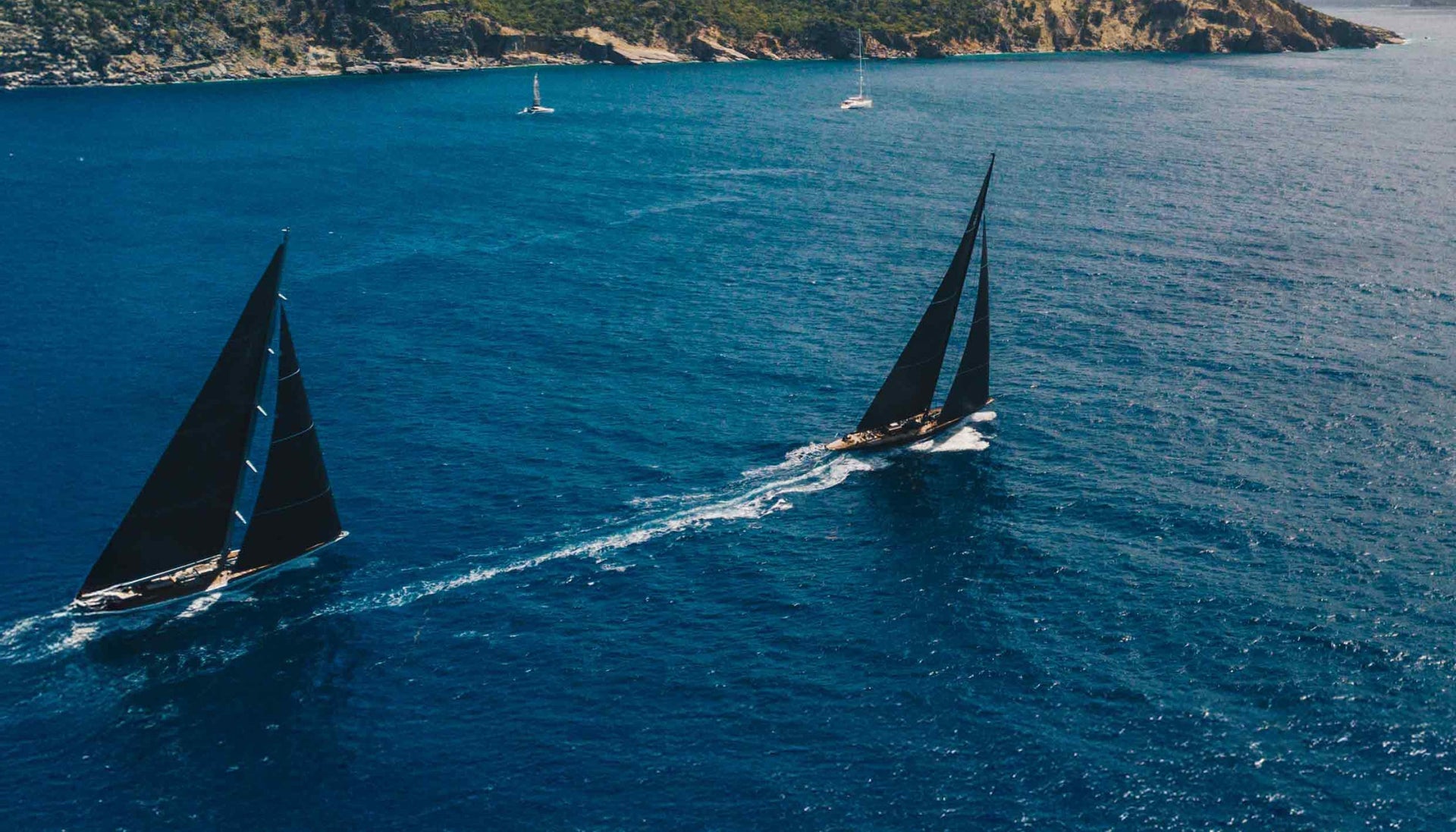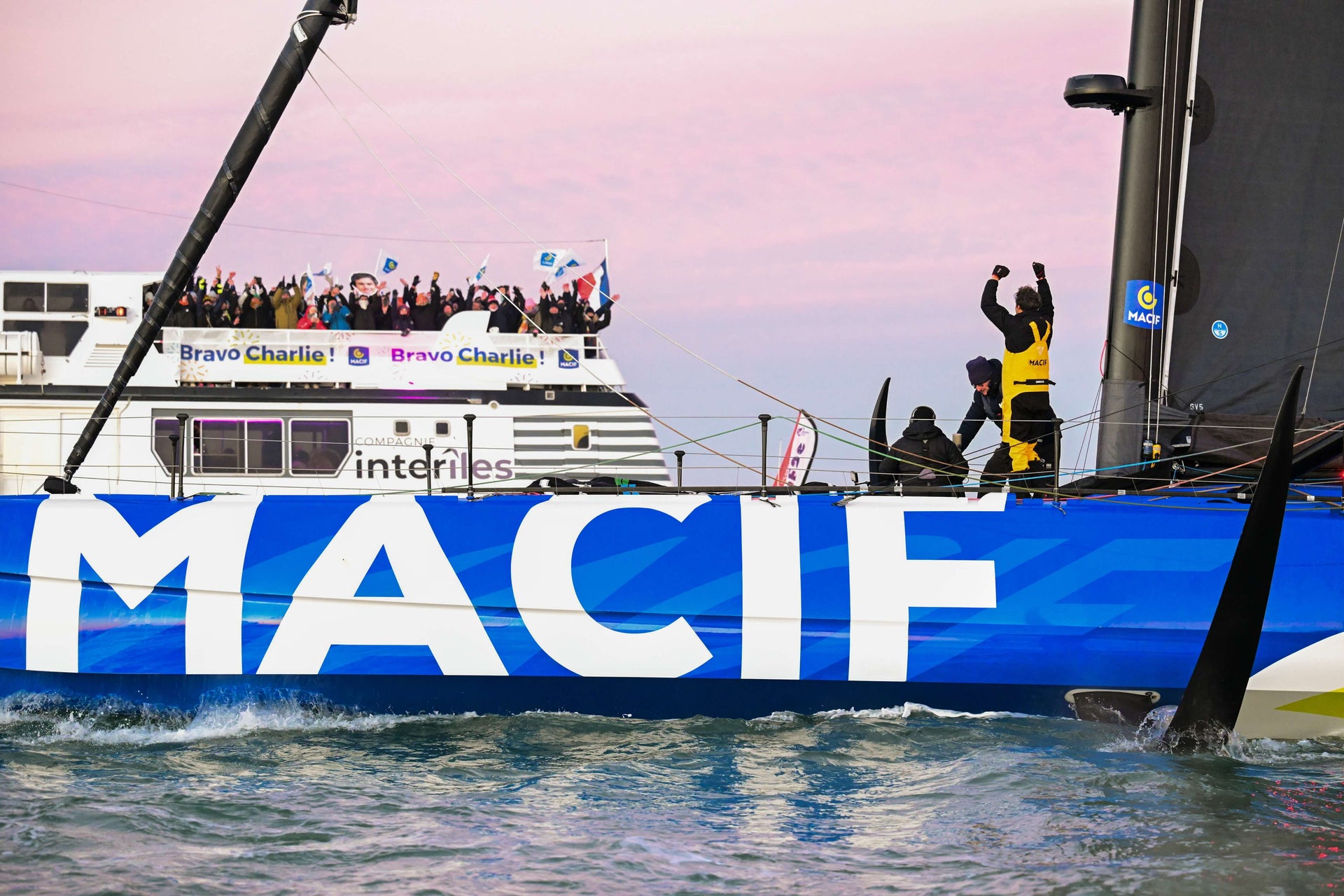A RACE OF SUPERLATIVES
A RACE OF SUPERLATIVES
Ken Read Reflects On The Closest Volvo Ocean Race In History

Like every other serious sailor on the planet I was glued to the Volvo Ocean Race tracker and live updates through the last day and a half of the Volvo Ocean Race. I woke up half a dozen times in the middle of the night to check what was going on as the fleet started to split at the exclusions zones. Unbelievable drama with the thrill of victory and the brutal agony of defeat all mixed into one as the boats finished within minutes of each other.
With the dust now settling, you can’t talk about this race without first remembering the John Fisher tragedy. And the question is how can offshore sailing adapt to have better safety onboard in order to avoid such tragedy? Because these boats aren’t going to get any slower; with semi-foiling boats, offshore racing is only getting faster and and safety is going to become more of a priority.
Secondly, from a North Sails perspective, I just couldn’t be prouder of our people and 3Di sails that were designed and supplied for this race. And how much better our products get by the day thanks to races like this. Bouwe Bekking said this was the windiest race he has ever done; the abuse that got put upon these sails and how good they looked coming into the finish line is unfathomable. Drone footage fully exposed the brutality of the Volvo Ocean Race like it’s never been seen before; how hard these boats are pushed and what the sails went through. Those of us who have done the race understand it, but even with onboard footage we’ve never been able to really show the world how brutal it can be to man and machine. The drone footage shows that the fleet tried to destroy their sails 24 hours a day for weeks at a time and 3Di lived through it! And not just lived through it, but the boats finished with sails that looked like they just did a Tuesday night beer can race. That’s how good 3Di sails are. It’s unbelievable and I’m incredibly proud of North Sails.
The funny thing is, our company and the sailing world is starting to take 3Di performance for granted; but no other rival sail manufacturing technique could withstand anything close to what the Volvo sails did. Not even remotely close. It’s an unbelievable takeaway. We can’t get used to it because 3Di’s performance is incomparable and it is so beyond anything that has ever happened in our industry before.
I remember when 3DL was first used on the Volvo 60’s and we saw performance rise to new levels, yet everyone was holding their breath as to whether a film-on-film sail would make it through each leg. But 3Di, obviously without film, has totally eclipsed that breakthrough and left laminates in its wake. To the point where we have now retired North 3DL sails and focused production entirely on 3Di for racing sails and performance cruising sails to meet demand. It’s also worth noting the ease of making long-lasting repairs in the worst spots possible. A tube of 5200, a piece of 3Di material and a bit of time for the glue to dry; any repair is complete. 3Di’s durability and unique construction has eliminated the need for teams to carry a sewing machine onboard.
Interestingly, we had a complete debrief with every single Volvo team during the Newport stopover, 80% of the way through the race. The discussion covered the good and the bad. As a company we are committed to constantly improving, which is why we always do these debriefs after every major sailing event. There are always little details where we can do better. Three years ago feedback from the Volvo teams was all over the map, with a lot of both critical and positive analysis of the sails. The unique thing about this edition of the race was that the few small details the teams brought to us were tiny issues which are simple to clean up. Secondly, and I think more interesting, every teams’ detailed analysis was consistent; almost always exactly the same as the others. Gautier Sergent (North Sails Head of R&D, and designer of the VO65 sails) has brought everything together beautifully to create a solution for the race that is close to perfect.

It’s important to recognize as well that the females onboard are no longer just girls sailing, they are Volvo Ocean Racers, so it will be interesting to see what programs pick them up going forward. I hope the crews don’t go back to the status quo. These sailors are now experienced, big boat Volvo sailors; I hope big boats start calling them as much as they call the guys to go racing. The proof is in the pudding and that’s where you find out where the talent is, who now gets the invite? And there’s no reason why they should not get lots and lots of invites because Lord knows they have the experience, and they’ve sailed with best and have seen the toughest conditions. For me helping females succeed in all levels of our sport as well as keeping kids sailing in their 20’s and 30’s is key to the growth of our sport. Without female opinion leaders and female superstars, and female owners real growth is not going to happen. We have to keep pushing very hard in our sport to involve more women and youth.
Looking to the future, it seems like the IMOCA relationship is set with the Volvo Ocean Race. Whether I agree with it or not is irrelevant, but I’m certainly curious to see how it works out. For me, the Volvo must always be a fully crewed race. The rules for youth and women sailors, and the introduction of onboard reporters, have been crucial to showing the world what sailing looks like. So I would not want to create a boat that weeds out in essence those three huge breakthroughs. It’s therefore critical to put a crewed boat out there. With the IMOCAs hopefully the crew does not become too small and that it is considered a 60ft boat where you have a proper crew and you can continue with the female, youth and reporting onboard. Personally, I would also love to see owners back in the race with an old Whitbread-style, second ‘Big Boat’ Class or open division, inviting 70’ through 100’ crewed boats to race around the world under a rating band – attracting those boats competing in other races like the Rolex Sydney Hobart, Newport-Bermudas, TransAtlantics, TransPacs and Rolex Fastnets. Whatever it might take to get more boats in the race. It means opening things up and saying to owners “we want you back”.
At the end of the day offshore racing will continue to grow and evolve, and events like the Volvo will continue to push our products to improve, and boggle our minds with drone footage bringing it all to our living rooms. Which is fantastic for the sport. Boats will become faster. Hopefully women and young sailors are to be included more often. And we have to keep pushing safety as boats get inherently less safe. We need to pause and remember that we as North Sails have a strong say in our sport as well as a massive advantage in the marketplace today, and into the near future, and we should make the most of it; whether for a race boat or a cruise boat that wants the best. The fastest sails in the world are in fact the most durable. Something that has never been said in the history of sailmaking.
